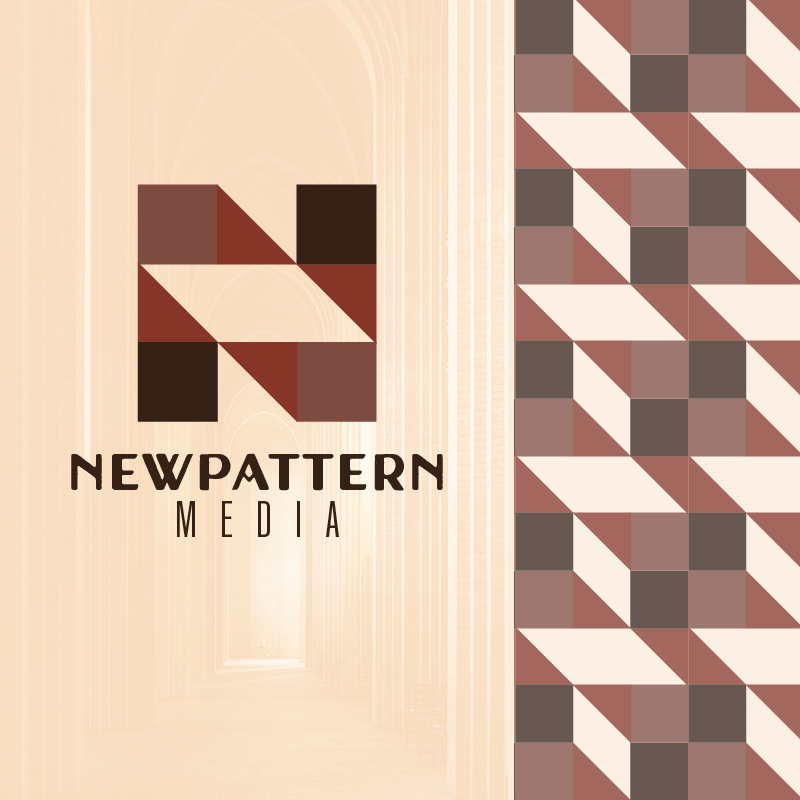



Objective: The primary goal is to visually represent the core values of the "New Pattern" brand: safety, discovery, and transformation. The design should convey a sense of trust, professionalism, and subtle optimism. It needs to be approachable but also sophisticated, reflecting a deep, intentional process rather than a quick fix. The visual identity should communicate the idea of "new patterns" emerging from a place of support and exploration.
Target Audience:
Primary: Individuals (ages 25-55) seeking counseling or therapy. This audience is likely experiencing personal or relational struggles and is looking for a safe, non-judgmental space to explore their inner world. They are often thoughtful, introspective, and may feel a bit lost or stuck.
Secondary: Other professionals or clients in creative fields who might interact with the "New Pattern Media" side of the brand. This audience would appreciate the clean, modern, and conceptually strong design.
Key Elements/Requirements:
The "N" monogram: The logo must feature the abstract "N" shape constructed from geometric, triangular, and square forms.
The visual pattern: The tessellating pattern must be a core visual element, representing the complex yet interconnected "patterns" of human behavior and thought. The design should feel intentional and well-structured, not chaotic.
Color Palette: The color scheme is a crucial non-negotiable. It must be based on the provided shades of brown, burgundy, and off-white. The colors should feel warm, grounded, and stable, avoiding anything overly bright or clinical.
Typography: The font for "NEW PATTERN MEDIA" should be modern and clean, possibly with subtle geometric or humanist touches, reflecting the brand's contemporary and empathetic approach.
Inspiration/Mood: The mood is one of quiet strength, grounded security, and thoughtful exploration.
Architectural Inspiration: The background image of the archway/corridor suggests a journey inward, a transition, or entering a sacred, safe space. This evokes a sense of moving through a complex structure to find a clear path.
Conceptual Art: The geometric logo and pattern are inspired by abstract and conceptual art that uses shapes to convey deeper meaning. Artists who work with tessellations, geometry, or minimalism could be an influence.
Spiritual & Humanist Concepts: The design should subtly reflect the brand's ties to Eastern Spirituality, Existentialism, and Humanism. This can be achieved through simplicity, balance, and a focus on essential forms.
Feeling: The overall feeling should be one of calm, stability, and quiet confidence. It is not aggressive or loud. It feels like a safe harbor or a foundation upon which something new can be built. The design is sophisticated and strong without being cold or overly corporate.